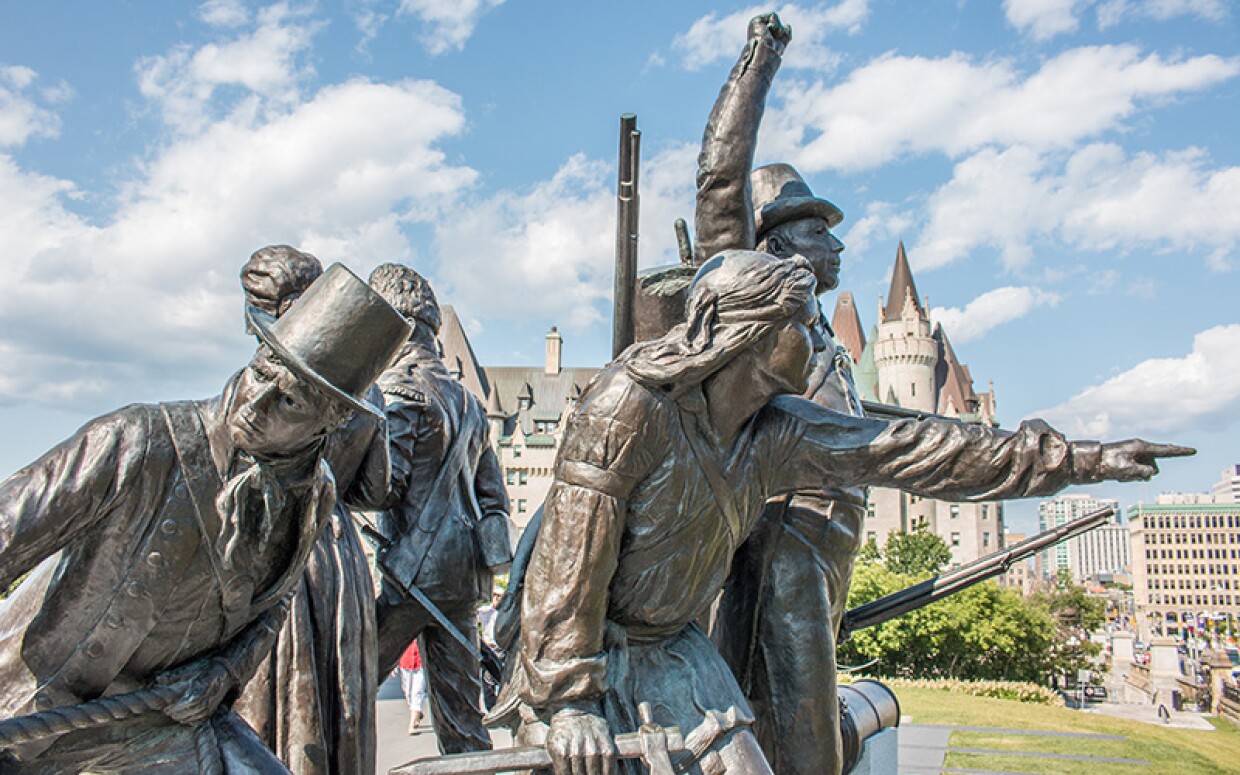The War of 1812, sometimes referred to as the second war for independence, was a war between Great Britain, the newly formed United States, Canada, and native peoples. The conflict lasted about 3 years and ended with the Treaty of Ghent, signed in Belgium in December 1814. Many historians feel there was no clear winner; however, each country has their own version of what caused this war and who came out on top. Let’s read further to learn a War of 1812 summary.
Why Did the War of 1812 Start?
The United States had only been an independent nation for a few decades when tensions started building between the United States and Great Britain. The British had been tied up in the Napoleonic Wars against France since 1799. During that time, Britain and France tried to gain control of each other by controlling the seaways. This impacted shipping for many other countries, including the United States. Furthermore, Britain used their control to board American ships in search of British citizens they felt should be serving the Crown. This practice was called impressment.
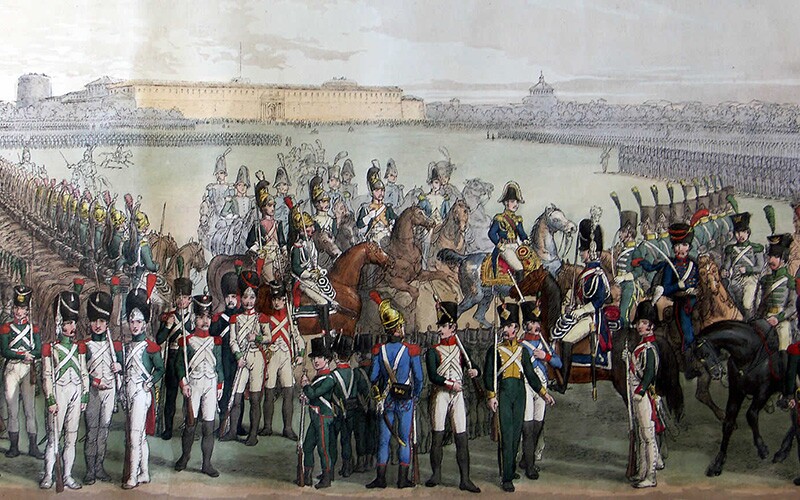
Impressment required every native-born citizen of Britain to serve in the British military. Even though some sailors on American ships were American born or naturalized citizens, if the British felt a sailor was lying about his status, they removed him from the U.S. ship and impressed him into military service to Britain. Many mistakes were made, and several American-born seamen were taken and placed into British service. This infuriated the United States.
Additionally, the United States felt the British incited the Native American population around the Great Lakes to attack white settlers. It was true that the Native Americans sided with the British at that time and had hoped that by doing so, they could remain in control of their sacred ancestral lands. The British had also supplied ammunition and weapons to the Native Americans.
Citizens of the United States had a mentality that was later referred to as Manifest Destiny, or a belief that the United States was justified in further expansion of the North American continent. They believed that expansion was not only justified but that it was inevitable.
From the Canadian and Native American view, the U.S. had overstepped their bounds and invaded Canadian and Native American lands. It was incumbent on them to protect their way of life from assimilation into the United States. From their point of view, the War of 1812 was to oppose Manifest Destiny and to stop the United States from expanding into their homelands.
What Events Led Up to the War of 1812?
There were many events that led up to the War of 1812, beginning with France declaring war on Great Britain in 1793. Here is a brief outline of the next major events leading up to the War of 1812.
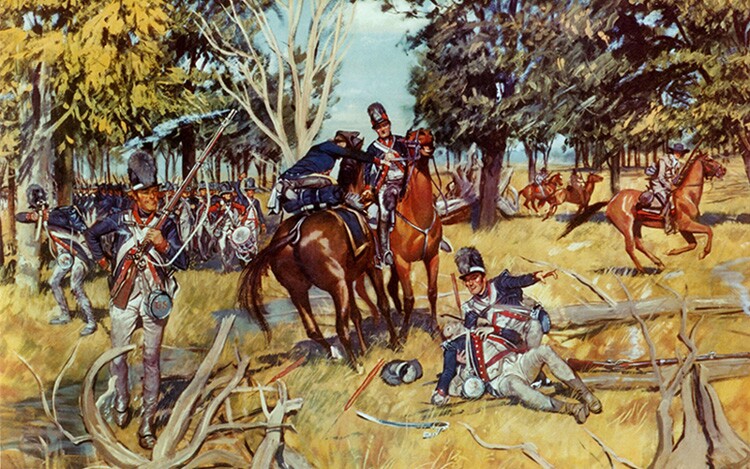
1794—Battle of Fallen Timbers: U.S. General Anthony Wayne, sometimes called “Mad Anthony Wayne,” defeated the Native American forces at present-day Toledo, Ohio. Native Americans were attempting to protect their lands in the Northwest Territory from being taken by white settlers. This battle ended with the Treaty of Greenville and the removal and relocation of the tribes to northwest Ohio.
1803—Louisiana Purchase: Napoleon Bonaparte sold the Louisiana territory—something Britain and Spain did not believe he had a right to do—to the United States. This displaced many Native American tribes and added about 827,000 square miles to the United States.
1806—The U.S. passed the Non-Importation Act, which forbade the import of some British goods. This was in response to Britain’s impressment of American sailors.

1807—The British HMS Leopard fired on the USS Chesapeake with no provocation. The USS Chesapeake was forced to surrender. Four U.S. sailors were taken by the British, who believed them to be British citizens who had deserted the Royal Navy. Three of those sailors were actually Americans. Their being taken and impressed into military service by the British was shocking to the U.S.
1807—Orders in Council: Great Britain was still at war with France. The British passed the 1807 Orders in Council, essentially creating a blockade of Europe in an attempt to interfere with French trade. Further, it meant Britain could detain neutral ships and prevent those neutral countries from trading with France. In response, France passed a decree that stated the French could detain any neutral ship that had trade with the British. The U.S. was neutral, and their trade was greatly affected by this order and the decree by France.
1811—Even though Britain and the U.S. were at peace, the USS President fired on the HMS Little Belt, believing she was the HMS Guerriere, which had recently impressed an American sailor.

1811—The Battle of Tippecanoe: This battle took place in November 1811 between the U.S. and Native American warriors. The Native Americans were retaliating after being forced to sell nearly 3 million acres of their land to the United States. Americans defeated the Native Americans and torched Prophetstown, the native village. Sometime later, their chief leader Tecumseh, who had been away recruiting allies, returned to find Prophetstown abandoned and destroyed. The Battle of Tippecanoe was the catalyst for Tecumseh becoming allies with the British during the War of 1812.
18 June 1812—U.S. declares war on Great Britain.
Major Battles of the War of 1812
July 1812—General William Hull invaded Canada from Detroit and captured the city of Sandwich.
August 1812—General Hull surrendered Ft. Detroit and his forces to the British.
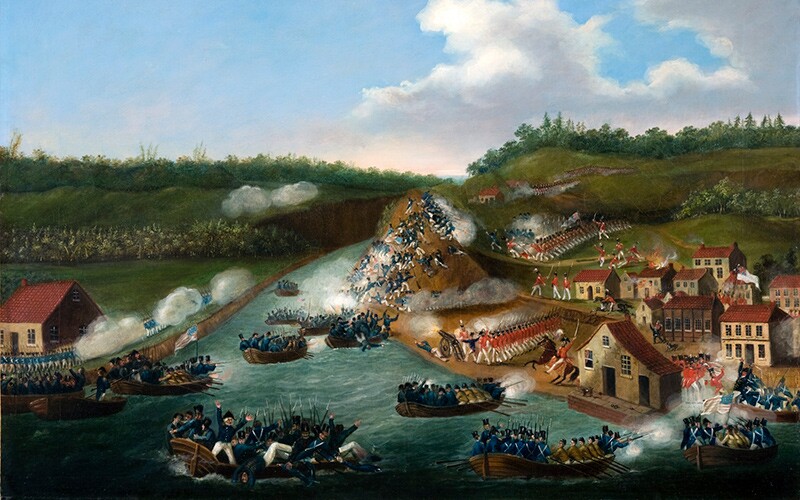
October 1812—The Battle of Queenston Heights: The Americans invaded Upper Canada, but the British and Canadian troops fought back. This battle was considered the first major battle of the War of 1812.
April 1813—The Battle of York: The U.S. again invaded Upper Canada, and this time they burned the capital city, York.
September 1813—The Battle of Lake Erie: This battle was a naval engagement between the British and American forces. The battle to control Lake Erie was won by the U.S. They bombarded the British fleet with heavy cannon fire and the British surrendered. Gaining control of Lake Erie resulted in cutting off British supply lines and the eventual abandonment of Detroit.
October 1813—The Battle of the Thames: The Battle of the Thames, also called the Battle of Moraviantown, was a U.S. victory over the British and the Native Americans. It was in this battle that the Shawnee warrior Tecumseh was killed.
March 1814—The Battle of Horseshoe Bend: Major General Andrew Jackson led his forces of U.S. regulars, militiamen, Cherokee, and Lower Creek against the Upper Creek called the Red Sticks. The Red Sticks were defeated and lost more than 800 of their 1,000 warriors. The remaining Red Sticks signed the Treaty of Ft. Jackson, which ended in the ceding of over 20 million acres to the United States. This area is part of modern-day Alabama and Georgia.
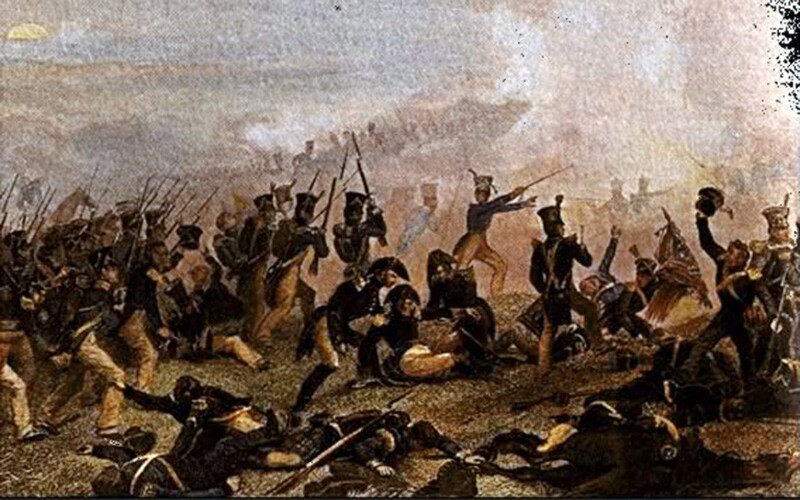
July 1814—The Battle of Lundy’s Lane: This battle was said to have been the bloodiest battle in the War of 1812. The British met American forces near Niagara Falls in hand-to-hand combat, and both sides fought until exhaustion. Due to high casualties, American forces withdrew. This was the battle that finally pushed U.S. forces out of Canada.
August 1814—The Battle of Bladensburg: The British invaded the U.S. in Maryland. Working their way inland, the British forces marched into Washington, D.C., and burned the capitol and the presidential mansion.
September 1814—The Battle of Plattsburg: Another naval engagement, the Battle of Plattsburg, took place on Lake Champlain. American and British ships faced off, and after several hours of fighting, the British surrendered. Though a few more battles played out, the Battle of Plattsburg and the American victory led to the conclusion of the War of 1812.
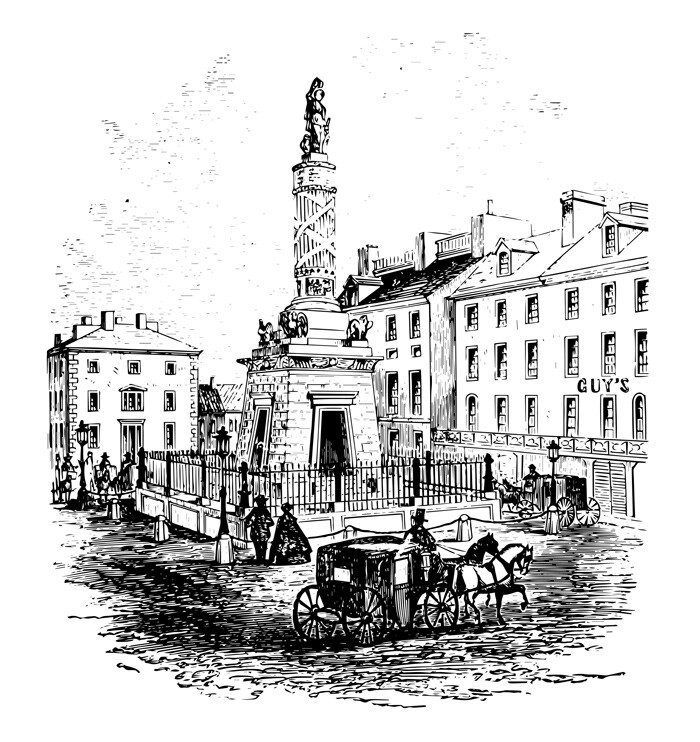
September 1814—The Battle of North Point: After the attack on Washington, D.C., the British moved on to Baltimore. It was this battle and the defending of Ft. McHenry the next day that inspired Francis Scott Key to write The Star-Spangled Banner.
8 January 1815—The Battle of New Orleans: The Battle of New Orleans was a battle to gain control of the port of New Orleans, the Mississippi River, and the interior of the United States. British forces sailed into the Gulf of Mexico and moved their forces through the swamps near New Orleans. U.S. forces led by Major General Andrew Jackson attacked and drove the British forces back. The Battle of New Orleans was considered the greatest land victory of the entire war.
When Did the War of 1812 End?
You might be surprised to learn that the War of 1812 officially ended on 24 December 1814, with the signing of the Treaty of Ghent in Belgium. Because communication to the U.S. took two more months, word of this official treaty of peace did not make it back to America until February 1815. By this time, the Battle of New Orleans was fought and won by the United States forces.
On 18 February 1815, President James Madison officially ratified the Treaty of Ghent, and the war was over.

Who Won the War of 1812?
Many have asked, “Who won the War of 1812?” Well, that might depend on who you ask! The British and the Canadians might say they won the war. After all, they were able to maintain possession of Canada and repel American forces from gaining more territory to the north.
From the American point of view, the United States won the war after the tremendous land victory at New Orleans. This victory resulted in control of a major port and control of the Mississippi River.
Want to Find Out If Your Ancestors Served in the War of 1812?
Many War of 1812 records still exist today. You can search these records to learn more about your ancestors who fought in the War of 1812. Some record sets are easily searchable, and some may take a little more digging. Follow the steps below to find out about your ancestors who may have fought in the War of 1812.
1. Pick an ancestor born between about 1742 and 1804 who lived in Great Britain, Canada, or the United States.
2. Enter your ancestor's name below to see if your ancestor fought in the War of 1812. It's free!
3. If you can’t find your targeted ancestor using the form, don’t give up! Try using this handy guide titled Beginning War of 1812 Research on the FamilySearch Wiki to see what else you can find.
